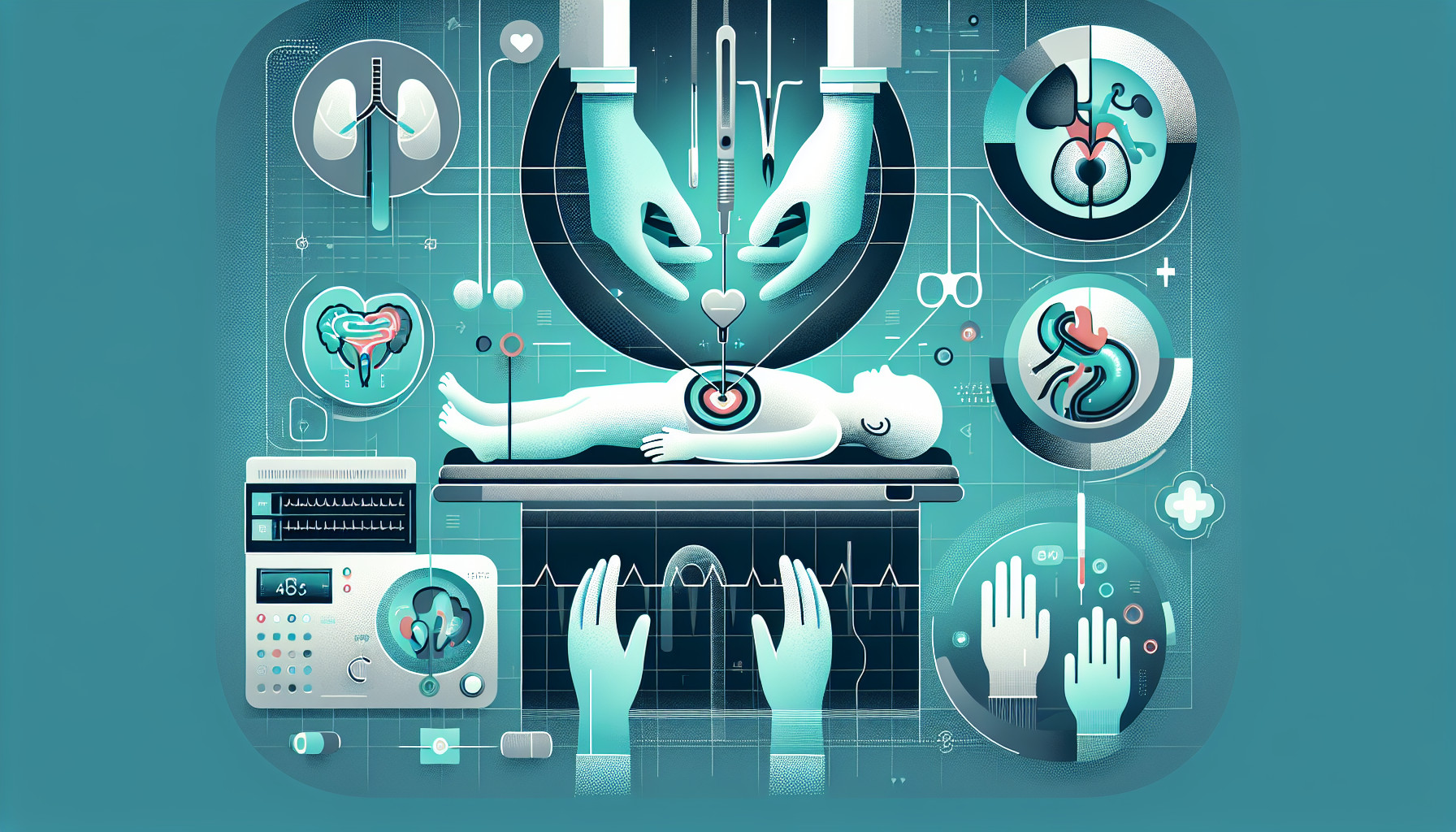Our Summary
This research paper is basically a guide for doctors about diagnosing and treating a common childhood condition called an inguinal hernia. This happens when a part of the intestine or fat pushes through a weak spot in the abdominal muscle, which can cause a variety of symptoms. In some cases, it can be very serious and need immediate medical attention to avoid complications like damage to the intestines or reproductive organs.
The paper also explains how to distinguish this type of hernia from other conditions that can look similar, like a hydrocele (fluid-filled sac around the testicle) or an undescended testicle. It emphasizes that babies under three months old and patients where the hernia might be cutting off blood supply to the trapped tissue should be referred for immediate specialist care.
Finally, the paper discusses some recent debates in the medical field about the best way to fix these hernias. This includes the role of laparoscopy (a minimally invasive surgical procedure), and whether or not to fix a weak spot on the opposite side of the groin if it’s discovered during surgery.
FAQs
- What is an inguinal hernia and how common is it in children?
- What are the signs of a hernia containing compromised contents in children?
- What is the role of laparoscopy in the repair of inguinal hernias in children?
Doctor’s Tip
Tip: It is important to seek prompt medical attention if you notice any signs of a hernia containing compromised contents, such as severe pain, redness, or swelling. Early intervention can help prevent serious complications and ensure a successful hernia repair surgery.
Suitable For
Patients who are typically recommended pediatric hernia repair include:
Infants and children with inguinal hernias, which are the most common type of hernia in pediatric patients.
Patients with symptoms such as pain, swelling, or a bulge in the groin area that may indicate a hernia.
Patients with a hernia that is causing discomfort or interfering with daily activities.
Patients with a hernia that is at risk of becoming incarcerated or strangulated, which can lead to serious complications.
Patients with a hernia that is causing complications such as testicular atrophy or intestinal perforation.
Patients with a hernia that is not improving with conservative management or observation.
Young patients under the age of three months who may be at higher risk for complications from a hernia.
It is important for healthcare providers to carefully evaluate each patient and determine the appropriate course of action for hernia repair based on the individual patient’s symptoms and risk factors.
Timeline
Before pediatric hernia repair:
- Patient or caregiver notices a bulge or swelling in the groin area.
- Patient may experience discomfort, pain, or aching in the groin area, especially when coughing or straining.
- Primary care physician or pediatrician examines the patient and diagnoses an inguinal hernia.
- Treatment options are discussed, including watchful waiting or surgical repair.
- If the hernia is reducible and not causing any complications, surgery may be scheduled for a later date.
- If the hernia becomes incarcerated or strangulated, emergency surgery may be required to prevent serious complications.
After pediatric hernia repair:
- Surgery is performed to repair the hernia, either through an open or laparoscopic procedure.
- Patient is monitored in the recovery room and may stay in the hospital for a short period of time for observation.
- Patient may experience some pain, swelling, or bruising in the groin area post-surgery.
- Patient is given instructions for post-operative care, including limiting physical activity and avoiding heavy lifting.
- Follow-up appointments are scheduled to monitor healing and ensure there are no complications.
- Patient gradually resumes normal activities as instructed by the healthcare provider.
What to Ask Your Doctor
Some questions a patient should ask their doctor about pediatric hernia repair include:
- What is the specific type of hernia my child has?
- What are the potential risks and complications associated with hernia repair surgery?
- How long will the recovery process be for my child after the surgery?
- Will my child need to stay in the hospital after the surgery, and if so, for how long?
- Are there any specific restrictions or limitations my child will need to follow during the recovery period?
- How can I help my child manage any pain or discomfort after the surgery?
- What signs or symptoms should I watch for that may indicate a complication after the surgery?
- Will my child need any follow-up appointments or tests after the surgery?
- Are there any long-term effects or concerns I should be aware of after the hernia repair surgery?
- Are there any alternative treatment options or considerations for my child’s hernia?
Reference
Authors: Yeap E, Pacilli M, Nataraja RM. Journal: Aust J Gen Pract. 2020 Jan-Feb;49(1-2):38-43. doi: 10.31128/AJGP-08-19-5037. PMID: 32008266
